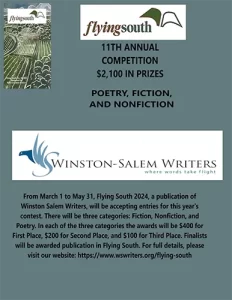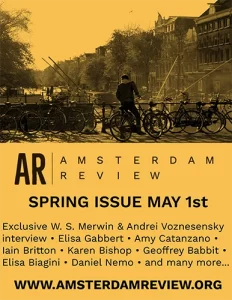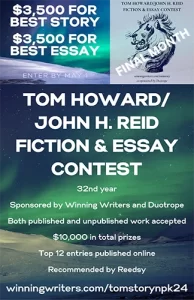Brick – Winter 2010
Issue 84
Winter 2010
Biannual
Rebecca Elena James
Halldor Gudmundsson’s essay, “Halldor Laxness Across the Universe” opens the Winter 2010 issue of Brick, a Toronto-based literary journal. Using Nobel-Prize-winning-novelist Halldor Laxness as an example, Gudmundsson explores how literature travels and meaning evolves based on culture, language, and ideology. Building upon this premise, Bernardo Atxaga explores the publishing history of Allen Ginsburg’s “Howl” in Franco-era Spain. Yet, Jose Teodoro’s conversation with British writer Geoff Dyer and a subsequent excerpt from his novel, Out of Sheer Rage, serve as the thematic anchor for the rest of the journal.
Halldor Gudmundsson’s essay, “Halldor Laxness Across the Universe” opens the Winter 2010 issue of Brick, a Toronto-based literary journal. Using Nobel-Prize-winning-novelist Halldor Laxness as an example, Gudmundsson explores how literature travels and meaning evolves based on culture, language, and ideology. Building upon this premise, Bernardo Atxaga explores the publishing history of Allen Ginsburg’s “Howl” in Franco-era Spain. Yet, Jose Teodoro’s conversation with British writer Geoff Dyer and a subsequent excerpt from his novel, Out of Sheer Rage, serve as the thematic anchor for the rest of the journal.
First, Dyer and Teodoro discuss how writing can transcend the confines of traditional literary genre classification. Dyer identifies cultural everyman John Berger and filmmaker Werner Herzog as examples of this multidisciplinary approach. He then continues this thread, by saying, “a book should generate its own literary form. The distinction is about the expectations that the reader brings to the book, how they expect a given form to behave.” This question of classification continues in an excerpt from his novel, Out of Sheer Rage. He especially explores how traditional academic criticism, “kills everything it touches,” through a systematic process of categorization and over analysis. He offers a remedy against the contemporary tendency to compartmentalize and over analyze any text: “If you want to see how literature lives then you turn to writers, and see what they’ve said about each other, either in essays, reviews, in letters or journals – and in the work themselves.” Geoff Dyer’s commentary about fluidity of genre and the necessity of “lived literature” is mirrored throughout the remainder of the journal.
This reimagining of genre is highlighted in Colleen Murphy, Sarah Polley, and Patrick Watsons’s eulogy to Canadian documentary filmmaker, Allan King. Each contributor shares a unique story or insight that illustrates King’s multidisciplinary approach to filmmaking. Marni Jackson’s essay, “The Local Cadence of Allan King’s Filmmaking,” poignantly explores how the complexity of dying and loss are primary themes in King’s final documentaries. Finally, Blaine Allan, Seth Feldman, and Peter Harcourt contribute to “An Interview with Allan King.” These filmmakers discuss King’s innovations and unique contribution to film.
The exploration of the fluidity of genre continues with Charlotte Gray’s biographic essay on the life of the late Austrian artist, architect, and writer, Friedensreich Hundertwasser. The inclusion of Charles Dickens’s obscure introduction to Barnaby Rudge is a delightfully dissonant meditation on anthropomorphic, suicidal ravens. My favorite poem is the bilingually printed “Death and Zebras” by Basque poet Bernardo Atxaga. His words become the collective voice for a herd of water-starved zebras. This is followed by series full-colored images of woven “War Rugs” from Afghanistan. Such a coupling of traditional textiles, current events, and personal experience are a powerful visual experience and excellent addition to the journal.
[www.brickmag.com/]




